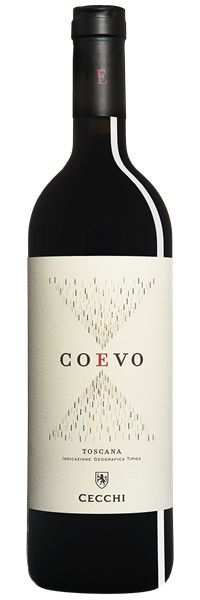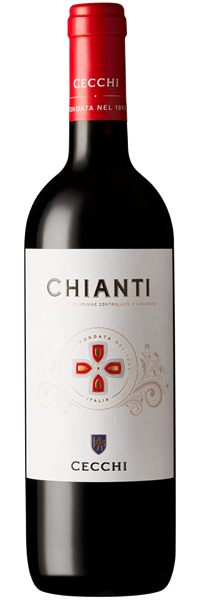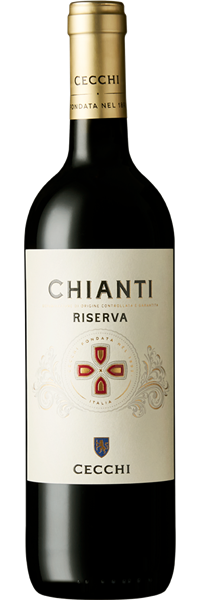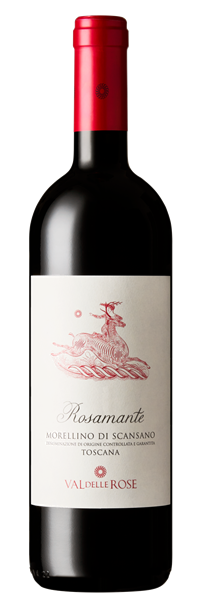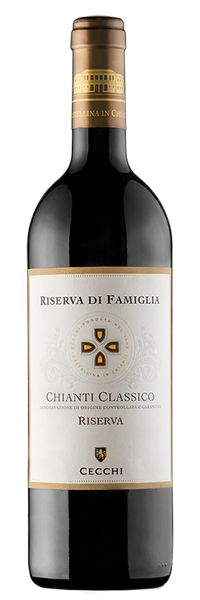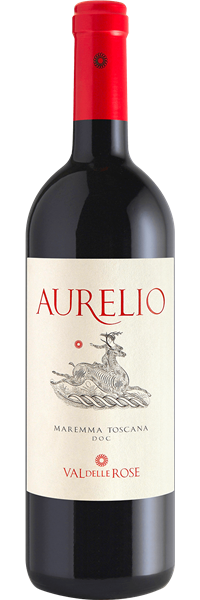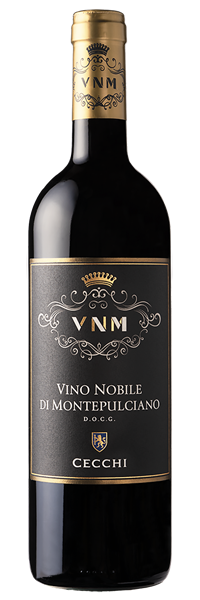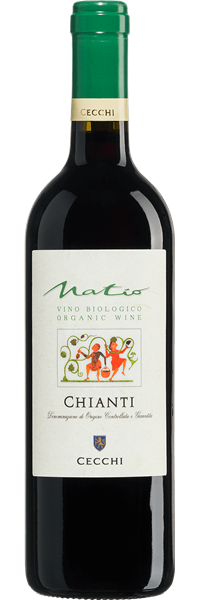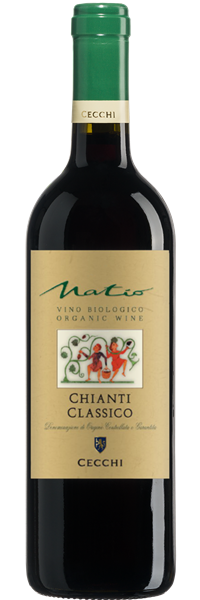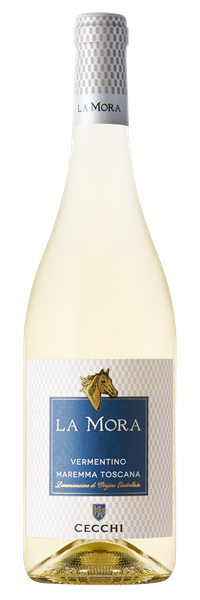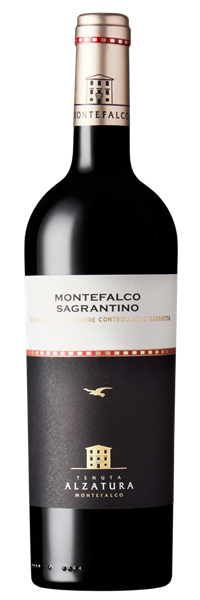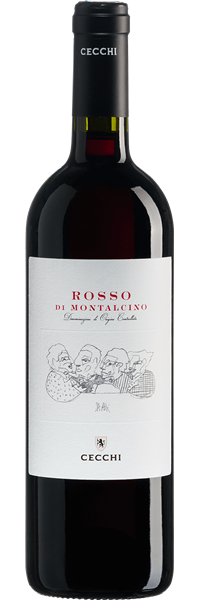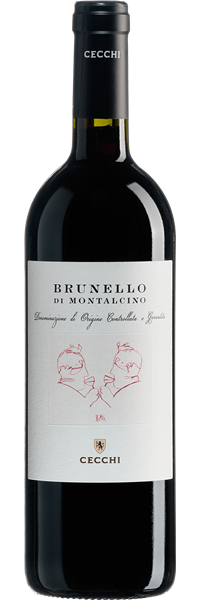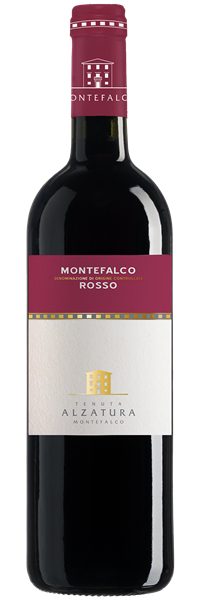
Cecchi's Story
The 2015 Cecchi Harvest
The 2015 harvest ended a few months ago, and we have asked all the directors of our agricultural companies to give us their thoughts on a year that, even before we knew it for certain, was expected to be of exceptional quality.
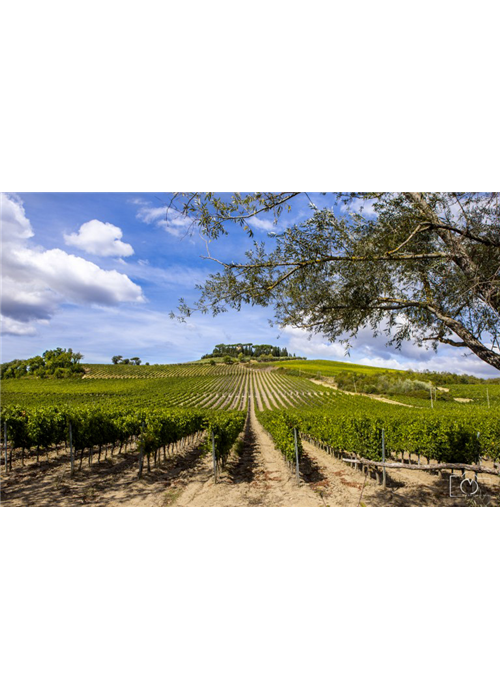
Villa Cerna
Giuseppe Mezzedimi tells us that for the last few years we have divided the grape harvest at Villa Cerna (Castellina in Chianti) into as many parts as there are vineyards. However, as of this year, we’ve gone into even more detail by making two or three selections per vineyard, giving us the possibility of adding value to the production by underscoring and highlighting the differences. The hill of Villa Cerna offers an extraordinary variability which is results in a richness of expression in the grapes and in their wine.
Coming to the 2015 harvest, we can say that it was long and passionate. The beginning was pleasant and sunny, and after September 10 we experienced significant temperature variations between day and night. The grapes which were still healthy and intact in the vineyard reacted well to the rains in the first half of October.
We gave precedence to the selections that were hand-picked, certain that this would increase their value by protecting them from crushing and oxidation. We also further refined our selection of harvested grapes thanks to vibrating sorting tables.
Reviewing the various varietals, we can say that the Merlot has expressed its typicality and pleasantness the best.
The Sangiovese made it to harvest with mature, intact skins, with grape seed extract which is crystal clear and mature, permitting very long macerations, even as long as 22-24 days.
Even the late varieties like Cabernet Sauvignon and Colorino Toscano, harvested last, entered the cellar with the best auspices. The grapes arrived intact, healthy, and with a perfect phenolic maturity.
From a technological point of view, the great news of this year has been the introduction of our vertical press. This press was chosen because it allows pressing without requiring the use of a pump for the marc and thus permits better care of the product put directly into the barriques.
Villa Rosa
Villa Rosa, in the heart of Chianti Classico, is the latest holding to become part of our group. We are preparing the project to renew the vineyards while respecting the land and the historical varietals present, and the 2015 harvest looks very promising.
The lands which are rich in skeleton (that is, granular material larger than 2 mm in size), their exposure, and the no longer young vineyards like the Palagione: the ensemble of these factors have given us Sangiovese which is different from that which we obtained at Villa Cerna. We also harvested a Sangiovese which is mature, sapid, and healthy.
Because of the higher altitude, the grapes collected in the Casetto vineyard still need a bit of time in the cellar to better express their strength, but they too look promising.
The harvest was done by hand here as well, completing an organizational effort focused on the quality of the product, with vinification in steel but also wooden tanks, realizing the dreams of the enologists who were able to process some of the grapes produced at the Campone in 5 hectoliter casks.
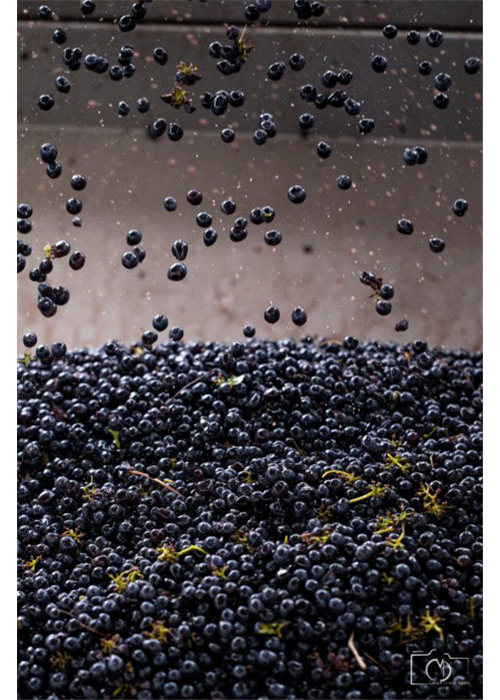
Castello Montauto
In San Gimignano, on the Castello Montauto estate, the harvest has been delayed, allowing the grapes to enjoy sunny days with a significant temperature variation typical of the second half of the month of September. All of these factors have favored the maturation of the grapes, emphasizing their aromatic patrimony and accompanied by good acidity and an excellent state of health. The Vernaccia di San Gimignano, for example, displays a good aromatic complexity with floral notes, sometimes along with citrus, accompanied by good sapidity.
The vineyards which distinguished themselves are those with a northern exposure and land where the clay composition is more evident. In these, favored by a lower production load, the grapes and wines produced have demonstrated freshness and excellent organoleptic characteristics.
The harvest of the red berry grapes began at the end of September during weeks in which the weather gave us very sunny days. Regarding the Sangiovese and Colorino Toscano grapes destined to our Chianti, we can speak of a good year resulting from phenolic maturations and an excellent state of health. Only the whims of mid-October’s weather, characterized by copious rains, made us fearful, but the health of the grapes was not affected. The production has been certified within the average range of quality.
Val delle Rose
From San Gimignano we pass on to Val delle Rose, in Maremma, where Piero Sabatino tells us about the progress of this extraordinary harvest.
Compared to last year, the heat of the month of July has made the grapes mature very well and moved the harvest up by about 10 to 15 days, continuing until October 16. The harvest began on August 18 with a small Chardonnay vineyard which yielded exceptional results in the tanks, with aromas of citrus, ripe apples and wild flowers arising from the fermentation.
After a week of rest we started the harvest again with Vermentino which confirmed the excellent result expected from the Chardonnay.
The first Merlot vineyard arrived in the cellar on September 5: these were mature grapes with velvety tannin and a consistency which leaves the mouth fresh and full of the flavors typical of this varietal.
We waited until September 15 for the harvest of the Sangiovese, when the nighttime temperatures dropped, making the tannin of the skins ripen in an excellent manner.
For the Poggio Lepri Merlot, the foundation for the Coevo, we selected the grapes on the double sorting table in order to eliminate every small piece of stalk.
The Sangiovese grapes, like the French varietals, have expressed their maximum potential, giving us composite, structured wines with aromas that make one think of the Maremma area.
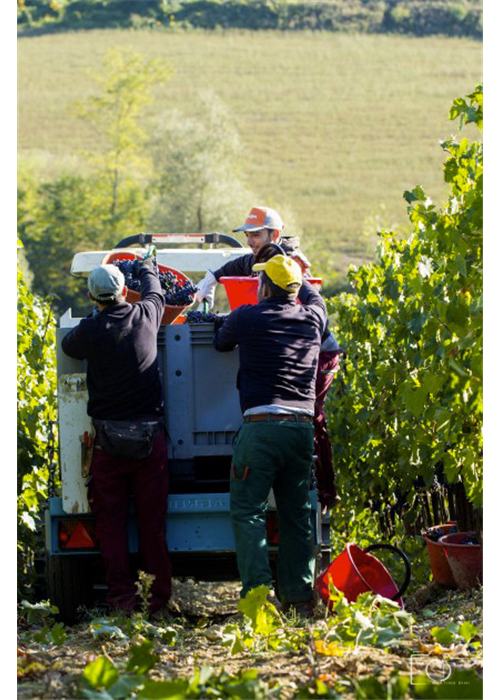
Tenuta Alzatura
Let us finally move on to another region we love, Umbria, and to Alessandro Mariani’s harvest from the Tenuta Alzatura estate in Montefalco.
Here, the 2015 season began with the same characteristics as that of 2015, a rainy winter and spring. From the blossoming on, though, the weather situation improved and the rains, even if present, gave way to long periods of sun and heat. After another brief rainy, low temperature interval between the end of May and the beginning of July, above-average temperatures returned once more. This resulted in optimal conditions for the grape maturation cycle.
Even as of the first bunches of Merlot, collected by hand in the first ten days of September, we were able to observe the excellent quality of the product, an excellent foundation for the Montefalco Rosso.
We had to wait a little longer for the Sangiovese grapes, but we were able to harvest well even for this varietal, reaching a good maturation of the fruit.
As usual, the Sagrantino was the last to be harvested, finishing with the last bunches of the Alzatura vineyard in the second ten days of October. Some rain at the beginning of October did not give us many worries from a health perspective since the vineyards had all been defoliated during the productive phase to expose the grape clusters to light and to enhance their maturation, but also to permit good air circulation in case of excessive moisture.
For the Sagrantino as well, we tried to achieve the right phenolic maturation with continuous inspections and tastings of the grapes in the vineyard, since this is the most difficult varietal to evaluate given its high phenolic content.
The grapes collected, which all passed over the sorting table to eliminate even the smallest pieces of stem that could produce vegetable notes, are in some cases still fermenting. The structure of the skins requires us to do long macerations in the tank, and balanced wines are emerging from the first tastes: clean wines with great structure and which will probably require long periods of aging, rewarding us with great longevity.
The harvest is an event which recurs each autumn, without ever becoming routine. For us, it is always a moment in which we see the fruit of our commitment, daily professionalism and passion put in play to obtain the best results. Given the progress of the 2015 harvest, we have confidence in the fact that the future will lead us to produce wines that will be loved for the excellence of their quality.
Photos by Martino Dini

